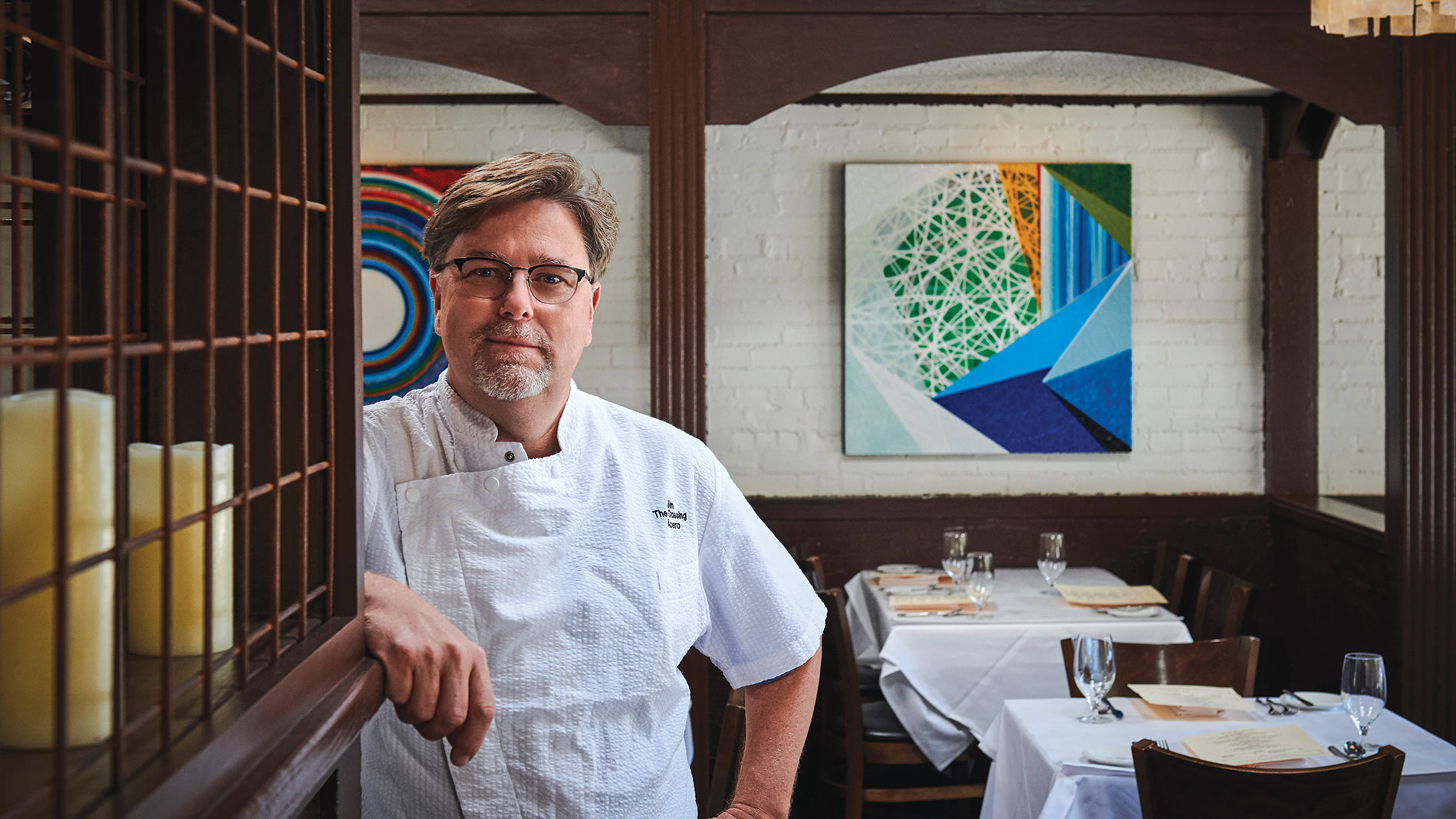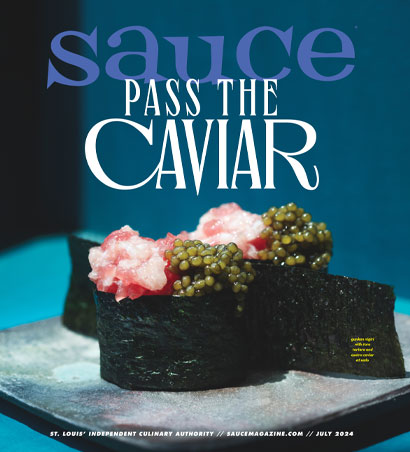These trailblazing restaurateurs shaped the St. Louis dining scene
Over the last decade or so, St. Louis has become recognized as a culinary destination. Regular shoutouts by national media outlets are now the norm, and St. Louis chefs’ and restaurants’ James Beard Award nominations and other accolades are a foregone conclusion. More famous chefs like David Burke are moving their brands into St. Louis, and more hometown talent like Nick Bognar (Indo) and Logan Ely (Savage) know they don’t have to live on the coasts forever to have serious culinary careers.
Twenty years ago, that wasn’t necessarily the case. But before Dave Bailey opened his first restaurant and Gerard Craft moved to town, when Sauce launched in 1999, there were some restaurant professionals working hard to make St. Louis the dining scene it has evolved into today.
Before I Fratellini, Bar Les Frères and Billie-Jean, in 1999, restaurateur Zoë Robinson was knee-deep in one of her first solo ventures, Zoë’s Pan-Asian in the Central West End, an eatery unique in St. Louis due to its eclectic and creative approach to Asian fare before “fusion” was a common thing in the Midwest.
“It was us and Balaban’s, Bill Cardwell was going strong. The Bommaritos were very much in play,” Robinson said. “I think, with Pan-Asian, we broke new ground. I hope the experience was fun and a festive atmosphere, hip and very diverse – that’s what I was going for back then. What you could see coming was cultural change and having different cultural culinary options.”

Robinson said she drew inspiration from what chefs like Wolfgang Puck, Alice Waters, Jeremiah Tower and Jonathan Waxman were doing on the West Coast.
“We were just getting going then,” said Jim Fiala, who opened The Crossing in Clayton in 1998 and Acero in 2007. “Bill Cardwell had really brought a new life to the market, and then Steve Gontram came and opened Harvest – he was doing cool stuff. Mike Johnson had opened Cafe Mira, and then we opened. It was a wave of people who had gone outside the city and come back with something different.”
It wasn’t always easy to recreate what the chefs had experienced elsewhere. One issue in that era was a dearth of a large variety of quality ingredients. Restaurants and consumers now have easy access to the best local produce, and farmers markets are a part of the landscape, but at the turn of the century, farm-to-table was still a radical goal in St. Louis.
“Local production and farming was always around, it just took a lot of effort to get to them,” said Bar Italia co-owner Mengesha Yohannes, who had just moved the restaurant to its current Central West End location in 1999. “It was hard to get kale regularly. Now kale is an ‘of course’ item.”
“I’d worked in San Francisco, Chicago and New York,” Fiala said. “If you lived in San Francisco, you could go to five or six farmers markets and, if you wanted chilies, you could find 47 different varieties. You could find 14 different zucchinis. It was out of control. When I came back to St. Louis, I was hoping that someday [St. Louis would] be able to really develop what we could grow in the Midwest. At that time, most of the restaurants in St. Louis were putting all of their emphasis on the protein.”
The more chefs there were trying to work with local producers, the easier it got. Yohannes also attributes the rise of local media outlets like Sauce for raising awareness and getting the ball rolling. Once word got out about what was happening in St. Louis restaurants, growth followed.

“The more attention [producers] got, the larger variety of things they started to grow,” Yohannes said, making it easier for restaurants to be creative on their menus. Regular coverage also made a lot of young people aware of the restaurant industry as a career and look at St. Louis as a viable place to work, and it helped bring in talent from other areas.
“Now there’s enough depth of talent – young chefs and sommeliers, for example,” Yohannes said. “Then there were always some, but they tended to leave and go somewhere else.”
Diners also became savvy about what was available in the area and about different cuisines. “There’s been a lot of changes, and a lot of it was consolidated and disseminated through the media,” he said. “I think Sauce started that way of looking at things, focused on the food and beverage scene.”
Take wine as an example. “People accept things now that they would have had a hard time with then,” Yohannes said. “Twenty years ago, if you would have said dolcetto or barbera to most people they would have had no idea, but now many people are aware. Years ago, our espresso menu was a brochure. We had to explain it at great length. Now these things are common and can be described with one word.”
As menus changed, concepts became more diverse too. “At that time, everybody was opening white tablecloth restaurants – everybody was doing formal service, 160 seats. Nobody was doing small, intimate dining experiences. No one was doing casual concepts,” Fiala said.
He said the ensuing years have seen St. Louis slowly morph into more of a European model, where there’s a sustainable mix of formal, casual and grab-and-go concepts. Intimate tasting menu experiences can coexist with counter service, and the options are extensive.
“We’ve become a city where it is difficult to hit every [restaurant],” Robinson said. “We’re really growing, and it’s very exciting. I just want to keep up.”
And, she insisted, as long as people dine out to support new restaurants, St. Louis will continue to evolve.
Matt Sorrell is a staff writer at Sauce Magazine.
Tags : People, Restaurants
Most Recent
Drink this savory martini at The Lucky Accomplice in St. Louis
The Lucky Accomplice’s bar manager Corey Moszer is thinking outside the box …






